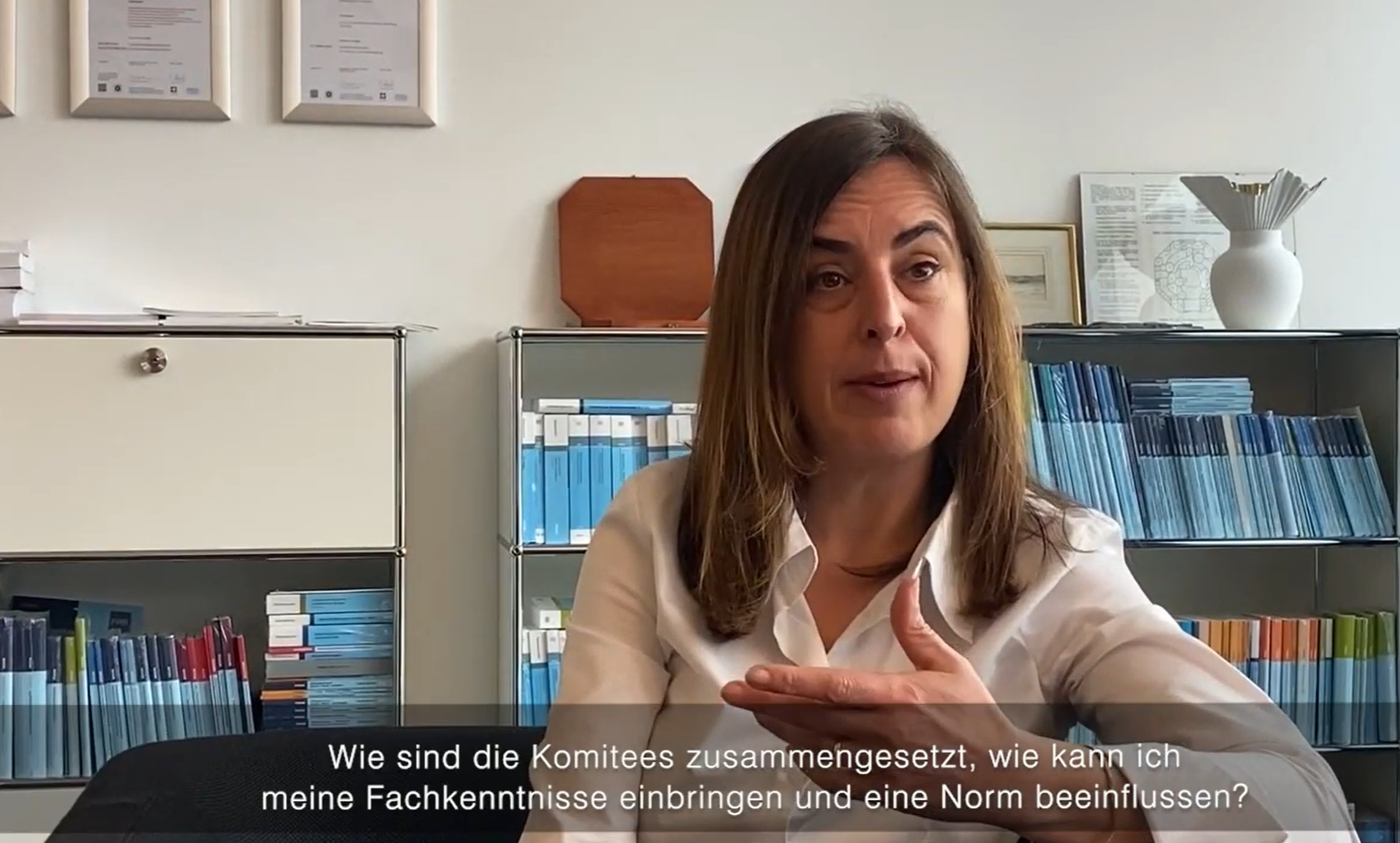Tag Archives: D1
- Home
- Posts tagged "D1" (Page 8)

Menschen hinter den Standards
“I think we ought to read only the kind of books that wound or stab us. If the book we’re reading doesn’t wake us up with a blow to the head, what are we reading for? So that it will make us happy, as you write? Good Lord, we would be happy precisely if we had no books, and the kind of books that make us happy are the kind we could write ourselves if we had to. But we need books that affect us like a disaster, that grieve us deeply, like the death of someone we loved more than ourselves, like being banished into forests far from everyone, like a suicide. A book must be the axe for the frozen sea within us. That is my belief.”
― Franz Kafka
Net Zero Initiative
Monash University has a total enrollment of approximately 80,000 students, which includes over 30,000 international students from more than 170 countries. Its Australia-based campuses are found across Victoria, including Clayton, Caulfield, Peninsula, and Parkville, as well as international campuses in Malaysia, China, and India.
The university has more than 4,000 academic and professional staff and offers over 500 courses across a range of disciplines, including arts, business, engineering, law, medicine, and science.
High-Performance Green Buildings
With about one hundred technical committees administered by accredited standards developers globally, the stream of standards action in the building energy conservation space is one of the fastest-moving; and a space that demonstrates remarkable adaption. As the largest non-residential building construction market in the United States the education facility industry is on the receiving end of prescriptive and performance requirements produced by these technical committees that are enforced by state agencies and/or sustainability consortia. There is market-making by incumbents whose revenue stream runs close coupled to the US education industry’s green agenda. We do our best to keep pace.
We find several redlines from ASHRAE/ICC/USGBC/IES Standard 189.1 Standard for the Design of High-Performance Green Buildings Except Low-Rise Residential Buildings now open for public review at the link below:
Public Review Draft Standards / Online Comment Database
Public consultation periods run April 3 through April 23.
We maintain ASHRAE 189.1 on the standing agenda of our Mechanical Engineering, Energy 200, Health and Nota Bene teleconferences. If you would like to pick through these mark ups see our CALENDAR for the next online meeting; open to everyone.
Issue: [13-162, 18-3, et. al]
Category: Mechanical, Electrical, Energy
Colleagues: Mike Anthony, Richard Robben, Larry Spielvogel
Camellia sinensis var.
This content is accessible to paid subscribers. To view it please enter your password below or send mike@standardsmichigan.com a request for subscription details.
The Oxford Comma
This content is accessible to paid subscribers. To view it please enter your password below or send mike@standardsmichigan.com a request for subscription details.
Fast Forward
This content is accessible to paid subscribers. To view it please enter your password below or send mike@standardsmichigan.com a request for subscription details.
Building Automation & Control Networks
Since 1987 the American Society of Heating and Refrigeration Engineers has lead development of the de facto standard for campus building automation systems 135 BACnet® – A Data Communication Protocol for Building Automation and Control Networks. This title supports the #WiseCampus transformation in two important ways:
- It defines data communication services and protocols for computer equipment used for monitoring and control of HVAC&R and other building systems
- It defines an abstract, object-oriented representation of information communicated between such equipment, thereby facilitating the application and use of digital control technology in buildings.
BACNet Committee: ASHRAE SSPC 135
Since the late 1970’s these systems have grown from single building control networks for environment air into multi-building campus-wide systems that conform to the ISO model of layered communication architecture. Every large research university has long since installed facility management unit that monitors and controls points such as outdoor air intake, wet-bulb temperature, occupancy load, elevator action, time of day, outdoor lighting etc. The University of Michigan, for example, monitors and controls nearly 1 million control points on its 6 square mile Ann Arbor campus.
The ASHRAE 135 technical committee has released a consultation on addendum cd regarding cipher suite application security profiles. Several redlines are now open for public consultation and may be found here:
ASHRAE Public Review Drafts Standards
Consultation on several titles is open until March 20th.
This title, and several others in the ASHRAE catalog, are on the standing agenda of our Energy 200 and Energy 400 colloquium. See our CALENDAR for the next online meeting; open to everyone.
Issue: [17-230]
Category: #SmartCampus, Electrical, Telecommunications, Mechanical, Energy, Facility Asset Management
Colleagues: David Anderson, Larry Spielvogel, Richard Robben
More
Minutes of the First SPC 135P Meeting (June 26, 1987)
New update alert! The 2022 update to the Trademark Assignment Dataset is now available online. Find 1.29 million trademark assignments, involving 2.28 million unique trademark properties issued by the USPTO between March 1952 and January 2023: https://t.co/njrDAbSpwB pic.twitter.com/GkAXrHoQ9T
— USPTO (@uspto) July 13, 2023
Standards Michigan Group, LLC
2723 South State Street | Suite 150
Ann Arbor, MI 48104 USA
888-746-3670


















